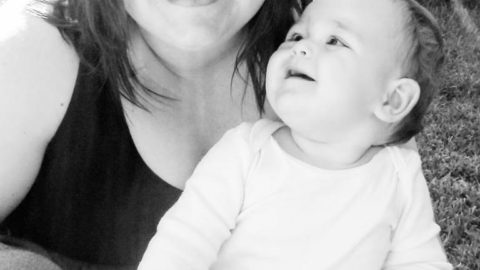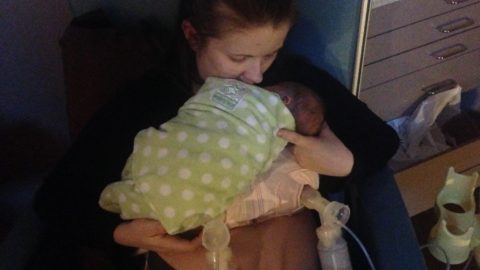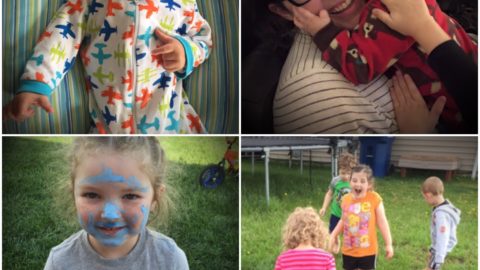Have you ever heard the saying, “Don’t cry over spilled milk!”?
I’m guessing whoever coined the phrase had never pumped breastmilk. I mean “liquid gold” as many mothers like to call it, and rightly so. The sentiment is understandable- don’t make a mountain out of an ant hill. But we mothers often give ourselves too many reasons not to cry. Maybe we feel like we have to be “strong” for our kids. Or maybe we just feel too tired to let out all of our emotion. Do you ever find yourself holding back the tears? Do you find it difficult to give yourself permission to cry? We’ve all been there.

To start off, there are lots of interesting facts about crying. Did you know that there are three different types of tears? Basal tears, which regularly lubricate the eyes and support vision. Reflex tears that flow when the eyes are irritated. Emotional tears, which are released during an emotional surge, such as joy or sadness. An even more fascinating fact is that our tears are identifiable and look unique from one another under a microscope, showing that tears of grief look significantly different from tears of laughter!
So what happens to us when we cry? What are the benefits?
Some interesting research suggests that crying can help you feel better. But it all depends on a number of factors, such as cultural and social circumstances. For example, crying at work in front of co-workers may make you feel worse and uncomfortable. Whereas crying on the shoulder of a close friend may make you feel safe and quite a bit better. One thing research does tell us is that crying overall does release a “feel good” hormone, which boosts our mood and increases our tolerance to pain. If you get into the habit of holding back the tears, you will miss out on these benefits. Crying is closely linked to our mental, emotional, and physical health, so it’s important to be aware of our crying habits, or lack thereof.
Not only does releasing the floodgates do wonders for you and your health, but it also provides opportunities to validate, model, and teach your kids about healthy expression of emotions.

Naturally, babies cry to communicate, toddlers cry when they don’t get their way, but somewhere between middle school and adulthood, we internalize negative messages about crying and we do our best to work against that natural response. Somehow we unlearn our need to cry. I’m here to tell you that releasing your tears is not only okay, but good for you. And if you are still struggling to believe it, consider this powerful quote from Washington Irving:
“There is sacredness in tears. They are not the mark of weakness, but of power. They speak more eloquently than ten thousand tongues. They are messengers of overwhelming grief, of deep contrition, and of unspeakable love.”
Be sure to join us in our social media accounts to be up to date with the progress of our project!
And… Don’t forget to share your brelfies using our hashtag
#BreastfeedingWorld
I’m a proud midwesterner who loves the simple and beautiful things in life. I’m currently a SAHM and loving this season in life where I am privileged to be with my two precious toddlers all day and night. My career focus is in social work. I received my MSW from Asbury University in 2012 and am a licensed social worker. My passions are counseling, writing, researching, teaching, inspiring, and encouraging others, especially mothers. My mama style consists of breastfeeding, cloth diapering, baby led weaning, baby wearing, and some positive parenting approaches. I’m also a mama blogger at My Joyful Nest where I like to encourage mothers on their own journeys.












